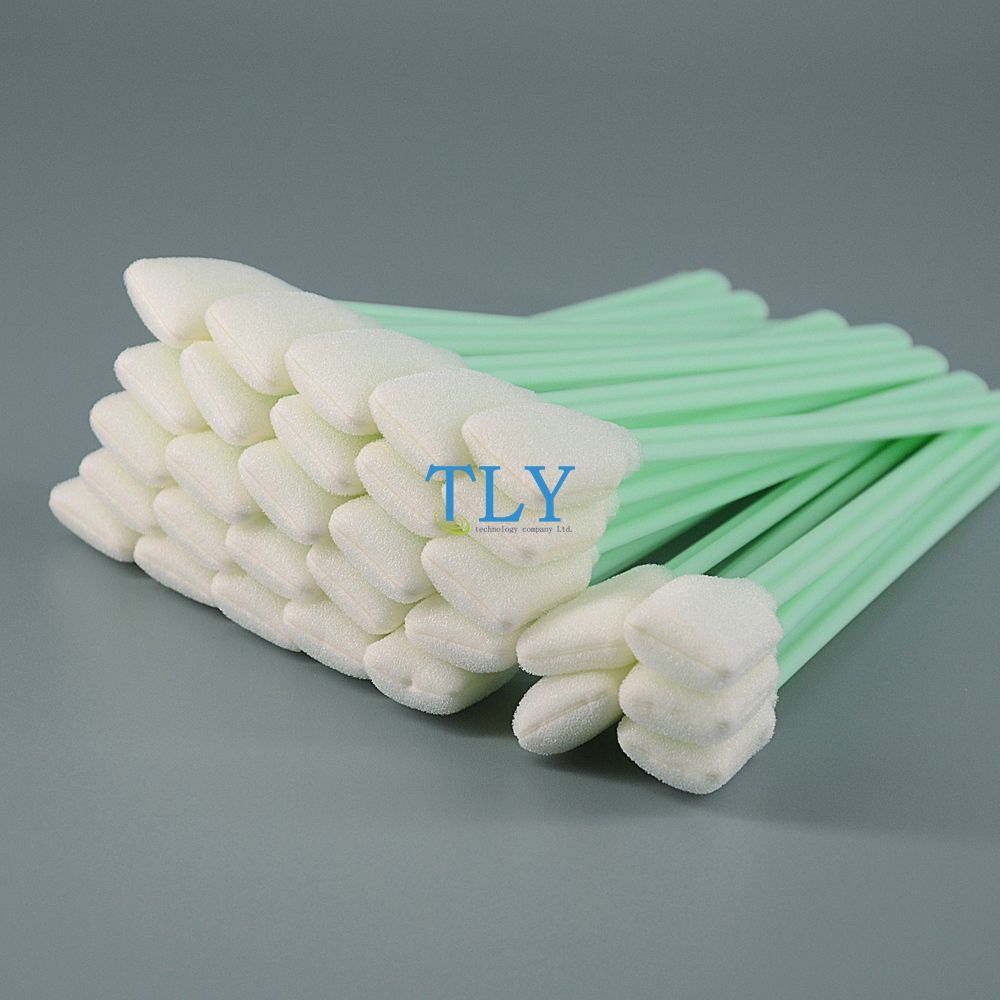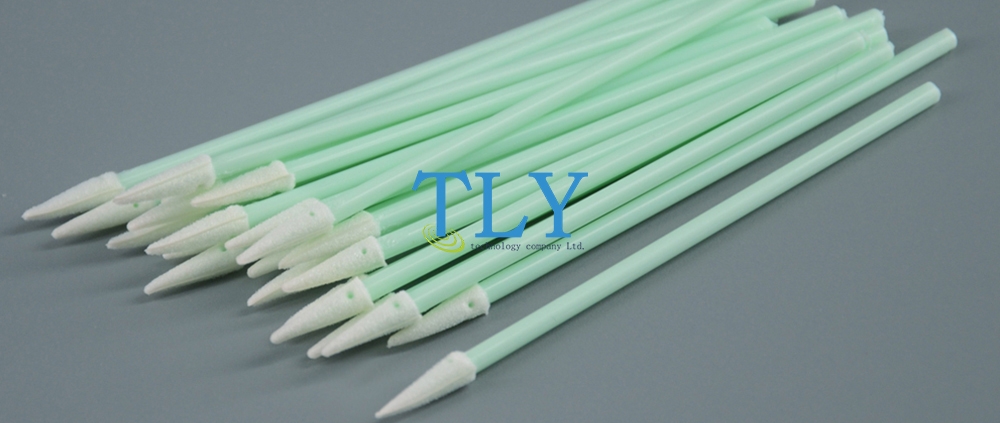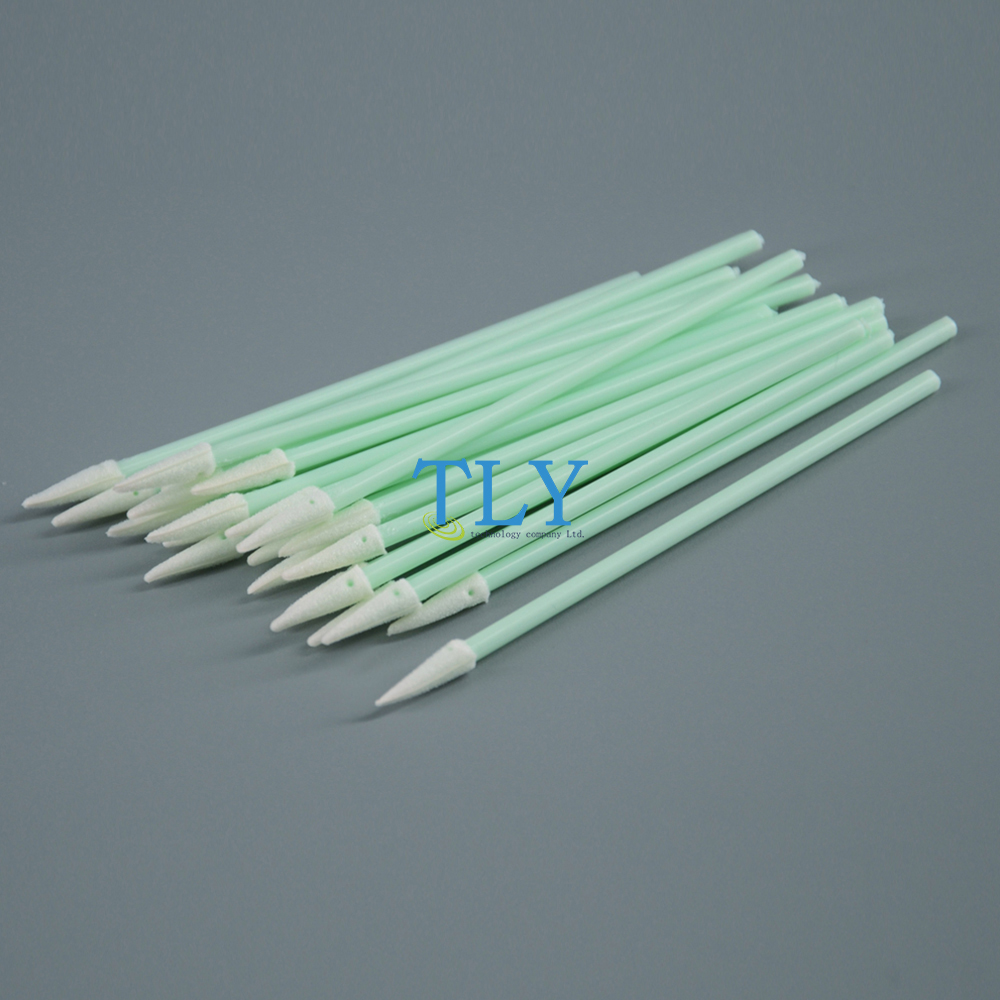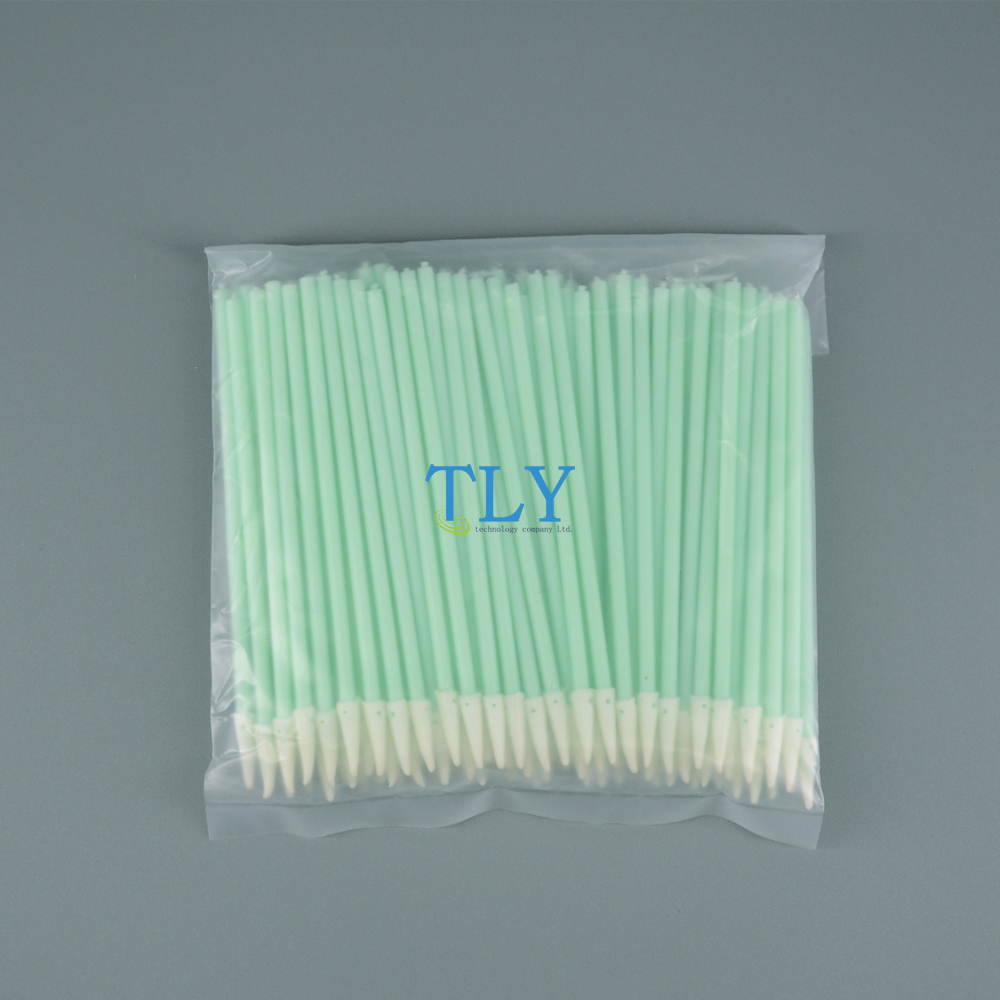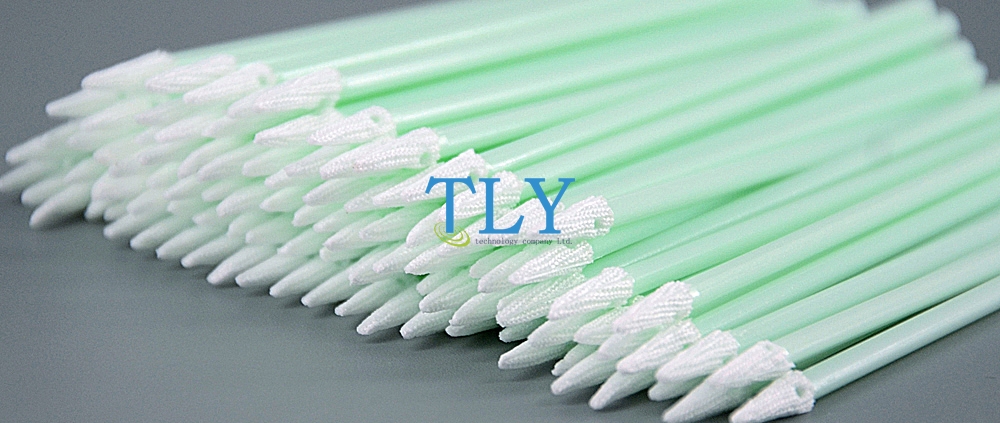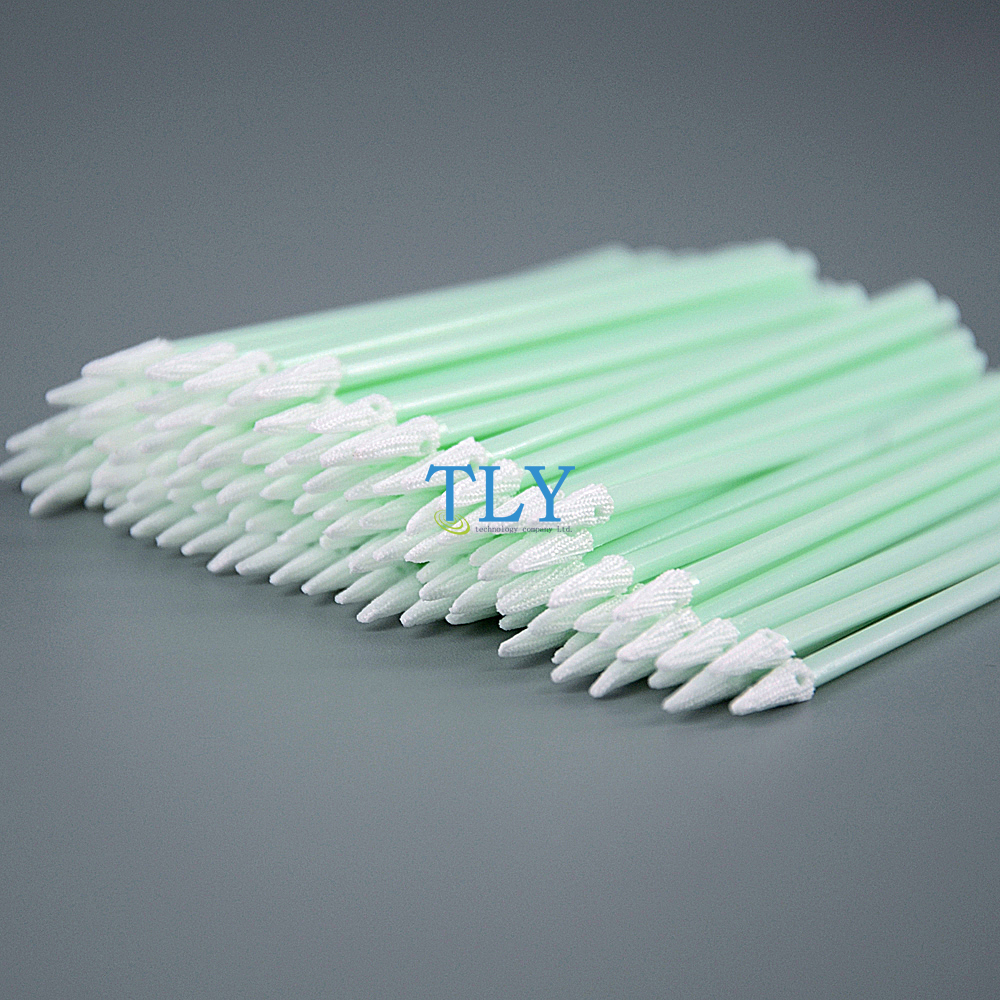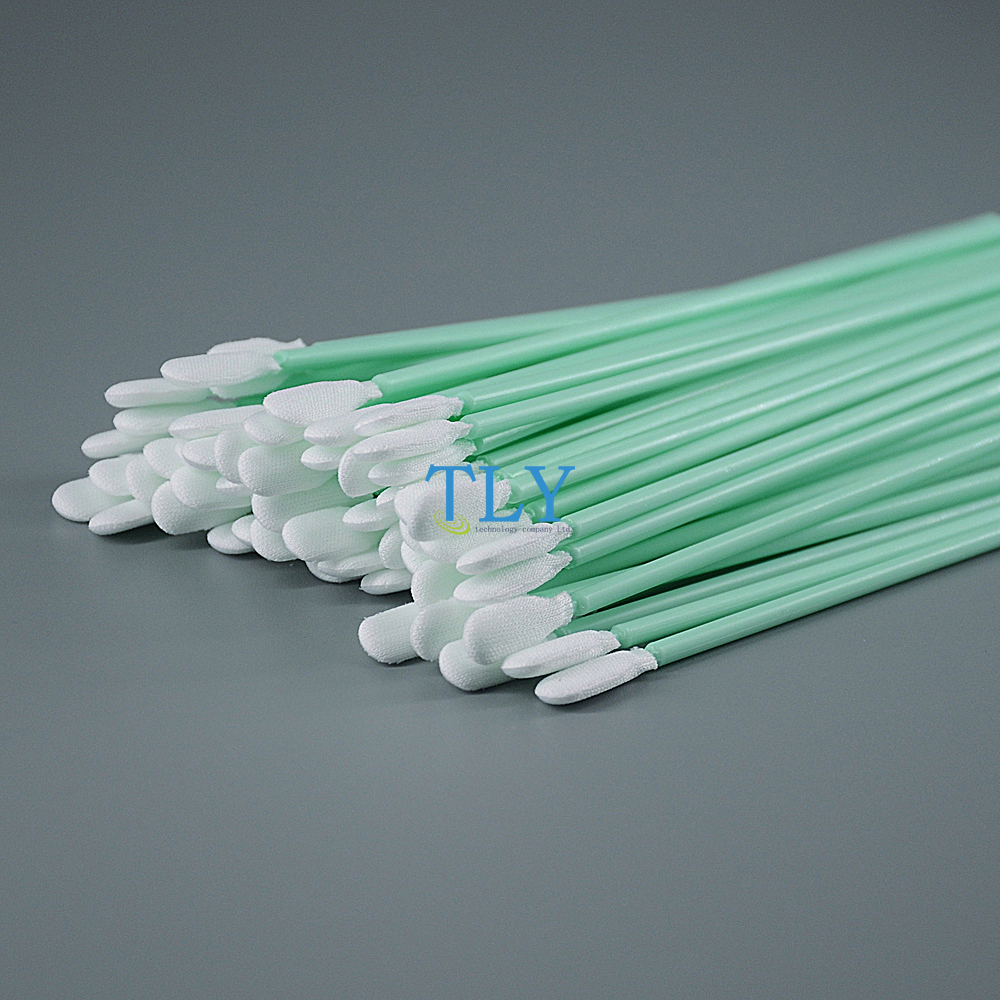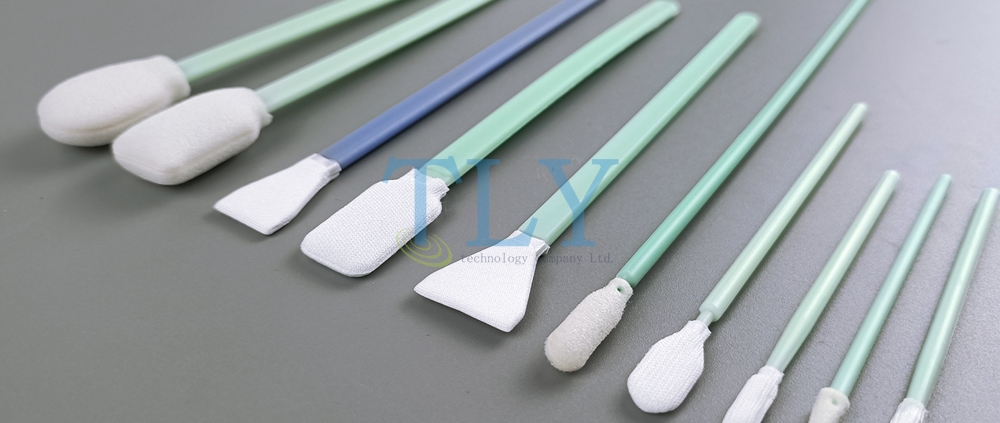You can’t take just any kind of swabs into a cleanroom environment. Cleanroom swabs are specifically designed for use in critical environments because they offer residue-free performance, meaning they won’t leave behind particulates and other components that could contaminate your cleanroom.
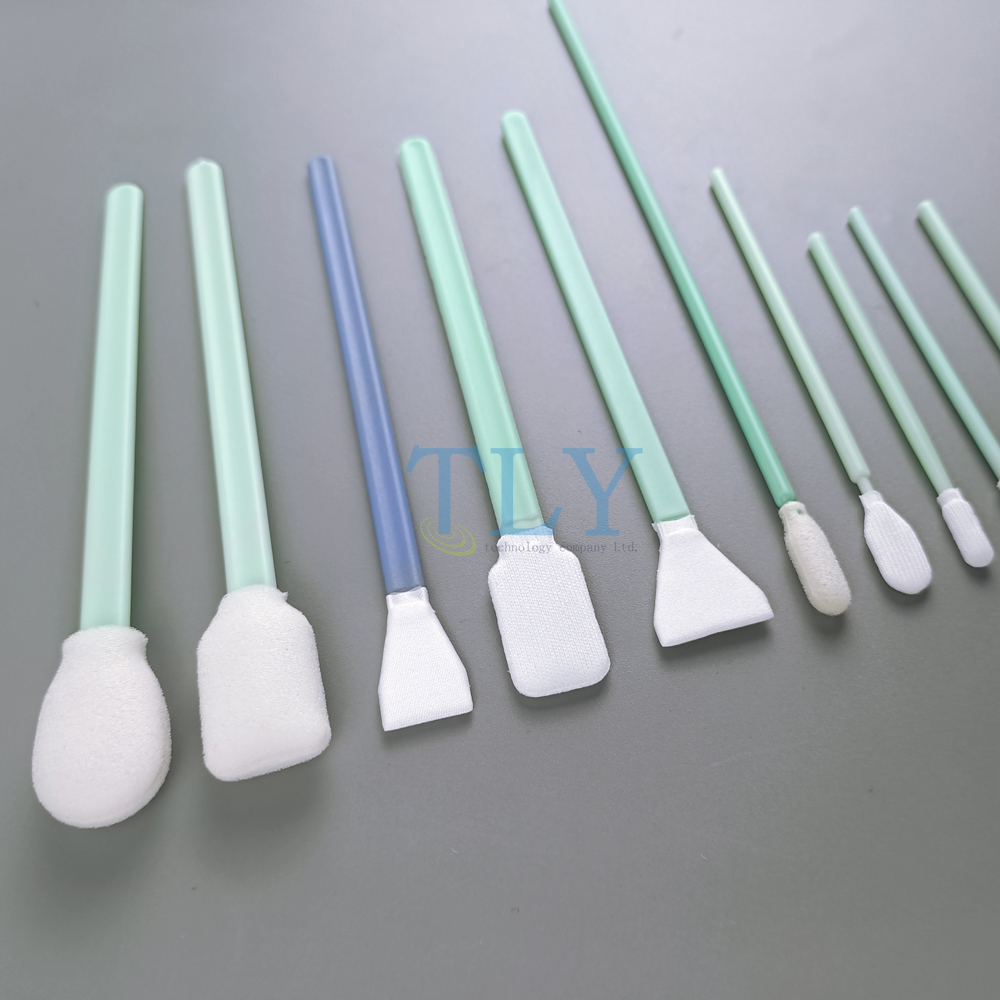
Like all kinds of swabs, critical environment swabs come in a huge assortment of different styles. Tips are made of cotton, microfiber, knitted polyester and foam to ensure that they work well when cleaning or handling various different materials, including ESD-safe swabs for static sensitive devices. Cleanroom swabs are particularly useful when cleaning small surfaces and nooks in controlled environments, including within health care, diagnostics, fiber optics, electronics, semiconductors and more.
What are cleanroom swabs?
Cleanroom swabs are used to cleanroom surfaces in manufacturing areas found in controlled environments. The manufacturing process for cleanroom swabs eliminates adhesive contaminants and reduces material shedding to keep your critical environment secure.
What swabs are suitable for critical environments?
Cleanroom swabs come in various materials that offer pros and cons depending on the application. Below, we list the most common swab materials and considerations for your critical environment.
- Anti-Static/ESD Swabs
- Cotton Swabs
- Foam Swabs
- Knitted Polyester Swabs
- Microfiber Swabs
ESD swabs prevent damage from electrostatic discharge. ESD swabs have unique antistatic handles that dissipate static buildup. Most commonly used to clean sensitive electronic components, esd safe swabs provide superior consistency and cleanliness than non-static-safe swabs.
Cotton cleanroom swabs offer consistently reliable performance for manufacturing, biotech, fiber optic, medical and pharmaceutical manufacturing. Cotton is resistant to many solvents and solutions used for cleaning. Knitted polyester swabs resist tears, snags, and heavy-duty solvents typically used in cleanrooms. The material has low NVR and particulates and is thermally bonded, which means it has no contaminating adhesives. Microfiber cleanroom swabs are generally safe to use on and around static-sensitive components.
